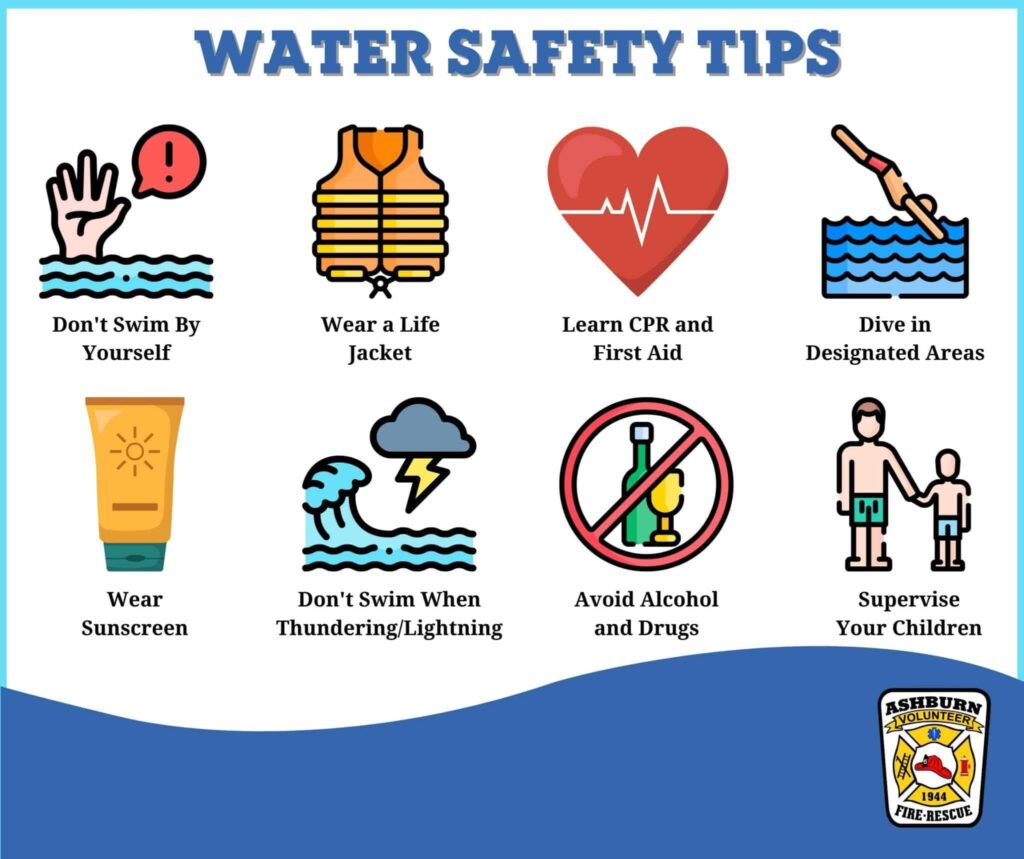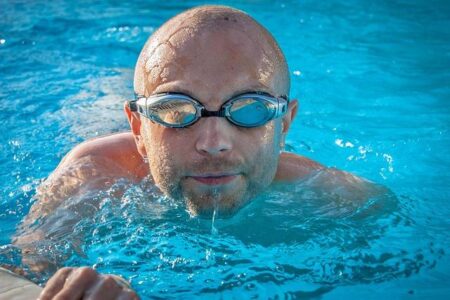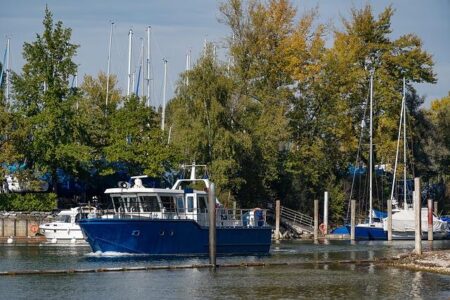As families eagerly pack their bags for upcoming vacations, ensuring access to safe drinking water remains a critical yet often overlooked aspect of travel preparedness. Contaminated water can pose serious health risks, from minor stomach discomfort to severe illnesses, potentially derailing even the most carefully planned trips. This article outlines essential water safety tips that every traveler should know to protect their loved ones and enjoy a worry-free vacation.
Understanding Local Water Conditions and Potential Risks
When traveling, it’s crucial to research the quality and safety of water in your destination. Local water conditions vary widely, with some regions facing contamination by bacteria, viruses, or chemical pollutants that can pose serious health risks. Factors such as outdated infrastructure, agricultural runoff, and natural mineral content contribute to water safety challenges. Additionally, seasonal changes like flooding can drastically alter water quality, making a previously safe source hazardous. Understanding these dynamics can help families avoid consuming contaminated water that leads to illnesses such as traveler’s diarrhea, cholera, or giardiasis.
Consulting trusted resources and local advisories before and during your trip can provide essential insights. Consider these points when assessing water safety:
- Source type: tap water, well water, bottled water, or natural springs
- Common local contaminants: pathogens, heavy metals, chemical residues
- Water treatment practices employed locally
| Region | Typical Risk Factors | Recommended Water Usage |
|---|---|---|
| Tropical Areas | High bacterial contamination, parasites | Bottled or boiled water only |
| Urban Centers in Developing Countries | Outdated plumbing, chemical runoff | Filtered or treated water advised |
| Remote Wilderness | Natural pathogens, animal waste impact | Use portable water purifiers |
Essential Water Purification Methods for Families on the Go
Ensuring access to clean water during travel is crucial for preventing illness and maintaining family health. Among the most effective solutions are water purification tablets and portable filtration systems, both designed for convenience without sacrificing safety. Water purification tablets, often containing iodine or chlorine dioxide, provide a lightweight option that can neutralize bacteria, viruses, and protozoa in minutes. These are ideal for short trips or emergency use when carrying bulky equipment is impractical. Meanwhile, portable water filters such as pump filters or straw-style purifiers physically remove contaminants and are reusable, making them perfect for longer adventures where tap water sources may be unpredictable.
Families should also consider ultraviolet (UV) light purifiers, which use UV-C rays to destroy pathogens without altering the water’s taste or chemical balance. These compact devices can sterilize water in under a minute, providing peace of mind on the go. Below is a quick reference table to help travelers compare purification methods based on key features:
| Method | Speed | Portability | Effectiveness | |
|---|---|---|---|---|
| Purification Tablets | 15-30 minutes | Very High | High | |
| Portable Filters | Immediate | Medium | Very High | |
| UV Light Purifiers | UV Light Purifiers | Less than 1 minute | High | Very High |
Practical Tips for Staying Hydrated Safely While Traveling
When traveling, especially to destinations with uncertain water quality, prioritizing safe hydration can prevent a host of health issues. Always opt for bottled or filtered water from reputable sources, ensuring seals are intact before purchase. If unsure about tap water, avoid ice cubes, as they may harbor contaminants. Carry a compact, portable water purifier or sterilizing tablets as a reliable backup, especially for rural or remote areas where access to bottled water is limited. Additionally, encourage family members, especially children and the elderly, to drink small amounts often instead of large quantities infrequently to maintain a consistent hydration level without overwhelming the stomach.
Maintaining hydration safely also involves being mindful of your environment and consumption habits. Steer clear of street-vendor beverages or unpasteurized juices, and prefer freshly peeled fruits over those washed with local water. Here’s a simple table comparing common hydration options and their safety levels to help parents make informed choices:
| Hydration Source | Safety Level | Best Use Scenario |
|---|---|---|
| Bottled Water (Sealed) | High | All destinations |
| Filtered Water | Moderate to High | Known clean sources |
| Tap Water | Low | Only in developed countries |
| Boiled Water | High | Remote/rural areas |
- Use refillable water bottles with built-in filters for convenience and safety.
- Monitor signs of dehydration like dizziness or dry mouth, especially in kids.
- Plan hydration stops before embarking on long excursions or hikes.
The Conclusion
As families venture abroad seeking new experiences, prioritizing water safety remains essential to ensure a secure and enjoyable vacation. By staying informed, following local guidelines, and taking simple precautions, travelers can significantly reduce risks associated with unfamiliar water sources. Remember, vigilance and preparedness are key components in protecting your loved ones and making every trip a safe and memorable one.





